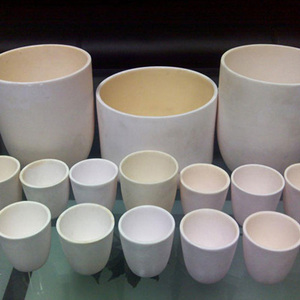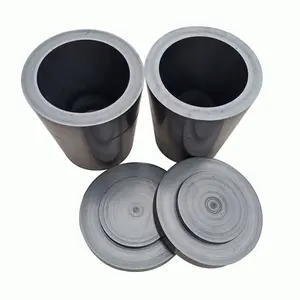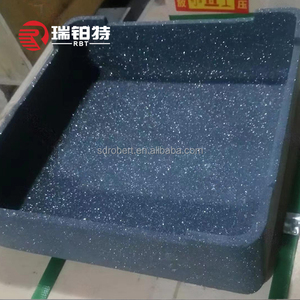Introduction to Sintering Crucibles
A sintering crucible is an essential tool in metallurgical and material sciences, specifically designed to support the sintering process, where powdered materials are heated to a temperature below their melting point to form a solid mass. Used extensively in ceramics, metals, and composites manufacturing, sintering crucibles play a crucial role in achieving desired material properties, consistency, and product durability.
Types of Sintering Crucibles
Sintering crucibles come in various types, each designed to meet specific material requirements and sintering conditions:
- Alumina Crucibles: Highly resistant to thermal shock and chemical corrosion, ideal for high-temperature applications.
- Silica Crucibles: Typically used for lower temperature sintering processes due to their excellent thermal insulation properties.
- Graphite Crucibles: Known for their high thermal conductivity and ability to withstand extreme temperatures, these are particularly useful for metal sintering.
- Magnesia Crucibles: Used in applications requiring superior strength and stability at elevated temperatures.
Applications of Sintering Crucibles
Sintering crucibles have a wide range of applications across different industries:
- Metal Processing: Crucibles are pivotal in the manufacture of hard metals, alloys, and ceramics, ensuring that the sintering process is efficient and effective.
- Ceramic Manufacturing: In the production of porcelain, pottery, and technical ceramics, sintering crucibles help in achieving the necessary density and strength.
- Composite Materials: Used in the synthesis of advanced materials that combine various components for applications in aerospace, automotive, and electronic industries.
- Laboratory Research: Crucibles are employed in research environments for experiments and milling processes, aiding in various studies involving solid state reactions.
Features and Advantages of Sintering Crucibles
Sintering crucibles come with a variety of features that make them indispensable in the sintering process:
- High Thermal Stability: Designed to withstand extreme temperatures, ensuring structural integrity throughout the sintering process.
- Chemical Resistance: Many sintering crucibles are crafted from materials that resist various chemicals, preventing contamination of the materials being processed.
- Uniform Heating: These crucibles promote even heat distribution, which is critical for achieving consistent sintering results.
- Longevity: Built for durability, sintering crucibles can withstand repeated use, reducing the need for frequent replacements and thus lowering operational costs.




























































































































































































